Weekend Read: The Pressure Facing Trae Young, Lee Jenkins on Covering Kevin Durant, and More
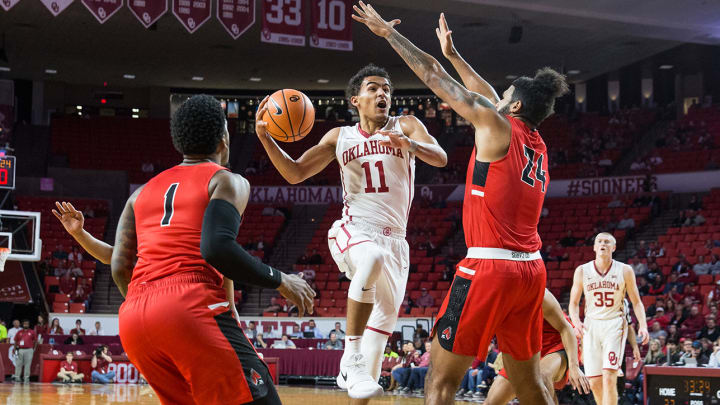
Editor's note: Welcome to the Weekend Read, a new weekly newsletter from SPORTS ILLUSTRATED. Each week we'll offer a fresh selection of content from the SI staff and catch you up on the best work you might have missed. Click here to subscribe and receive every future edition of the Weekend Read.
IN THE WAKE OF A DRAFT-NIGHT TRADE, TRAE YOUNG FACES PLENTY OF PRESSURE JOINING THE HAWKS
By Dan Greene
Before Trae Young’s name had even been called at Thursday’s NBA draft, his wardrobe had drawn plenty of attention thanks to his avant-garde, LeBron-like choice to don burgundy suit-shorts. But by the time he strode smiling into his post-selection press conference, it was his headwear that was most conspicuous: a bright-red Hawks cap where a navy Mavericks one had rested minutes before.
The hat switch was the final piece of the night’s most intriguing move: Atlanta sending No. 3 overall pick Luka Doncic to Dallas for a protected 2019 first-rounder and Young, the night’s No. 5 pick (per Donnie Nelson, the Mavs president of basketball operations, the pick is top-five protected the next two years, top-three protected in 2021 and '22 and unprotected the following year).
Young had proven a divisive prospect: a 6’2” sharpshooter who became the first player in Division I history to lead the country in both points (27.4) and assists (8.7) per game, but who was also knocked for his slight frame and questionable defense. After Young spent the season rocketing up draft boards, some scouts had more recently pegged him as this draft class’s third-best point guard.
But the Hawks—who have point guard Dennis Schröder signed for $15.5 million per season through 2020-21—clearly announced themselves as believers, and it’s not hard to see why. Young has an outstanding feel for the game and excellent court vision, with passing skills that could often be overshadowed by the absurd point totals he amassed in equally absurd fashion. His ability to create for others should provide a safer floor to his game than questions about his ability to be a high-level scorer suggest.
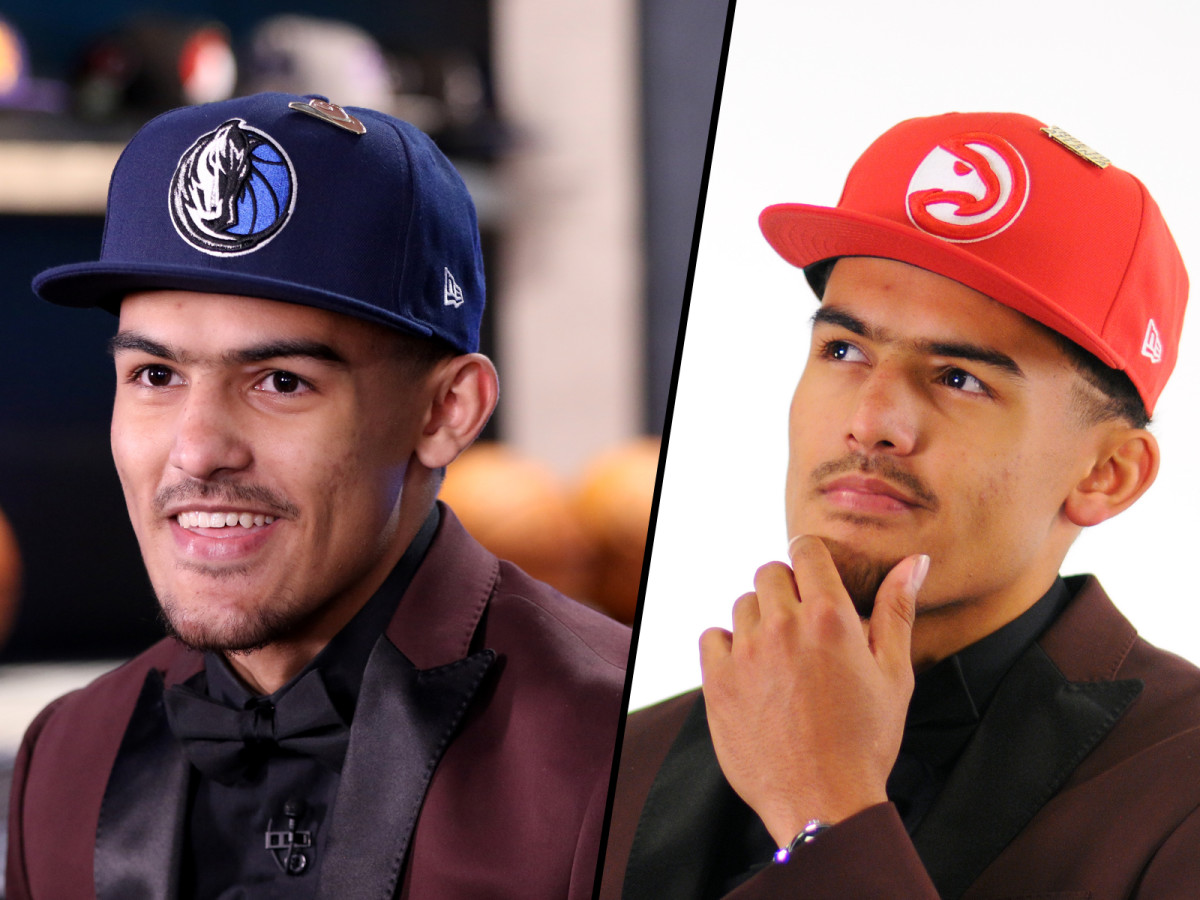
It’s also worth noting that Young has been underestimated before, and not long ago. Last summer he was still smarting over being snubbed from that spring’s Nike Hoop Summit (it inspired his still-blacked-out Twitter and Instagram avatars) and not even considered a 2018 first-round pick in his own mind. But at Oklahoma he quickly exploded, burying threes in bunches and from comical distances as he carried a once-unranked Sooners team to No. 4 in the AP poll. There was even buzz he might be in the running for the draft’s top overall pick, which quieted as Oklahoma floundered—and Young endured relative struggles—in conference play and limped into the NCAA tournament, where it lost in the first round.
Young embraced the Stephen Curry comparisons that his exploits inspired, but for Atlanta fans there will be two more pressing comparisons to make: those of Young to Doncic and Schröder. A top-three pick is a chance to chart your franchise on a new course, carrying with it the potential opportunity cost associated with whoever you pass on. By watching the Hawks select Doncic—a 6’ 7” playmaking 19-year-old coming off a EuroLeague MVP and championship season with Real Madrid—and then deal him to the Mavericks, Atlanta fans will naturally be looking for Young to not only succeed but surpass Doncic. And if Young turns out to be only a modest improvement over Schröder (whom the Hawks are reportedly shopping in trades) or not one at all, the move will look like a misuse of resources.
For his part, Young has wasted no time embracing his new city. He said he’s looking forward to attending his first NFL game by checking out the Falcons, and planning to drop by a Braves game as well. And he’s already friends with the city’s currently most celebrated sons, the rap trio Migos, whom he met at a concert in Oklahoma City. When he found out Young was heading to Atlanta, Migos member Quavo sent a congratulatory text to the point guard who has said he believes he is the best player in this draft. Now Hawks fans will hope Young walks it like he talks it.
BECAUSE YOU WERE WONDERING: WHAT HAPPENED TO THE FIRST DRAFT PICK IN NBA HISTORY?
The Basketball Association of America (which merged with the National Basketball League to form the NBA) held its inaugural draft on July 1, 1947. The Pittsburgh Ironmen selected Clifton McNeely out of Texas Wesleyan as the first-ever pick. On paper, it made plenty of sense: McNeely led college basketball in scoring and earned All-America honors. But he never played a single game of professional basketball. He didn’t want to.
McNeely never signed with the Ironmen, instead choosing to establish himself as a successful high school basketball coach in his native Texas. He died at age 84 on Dec. 26, 2003. According to his obituary in the Dallas Morning News, McNeely advanced to the state championship in six of his 13 seasons coaching high school ball. He won the state title four times. But not once did he take the court for a professional team.
BEST OF THE REST
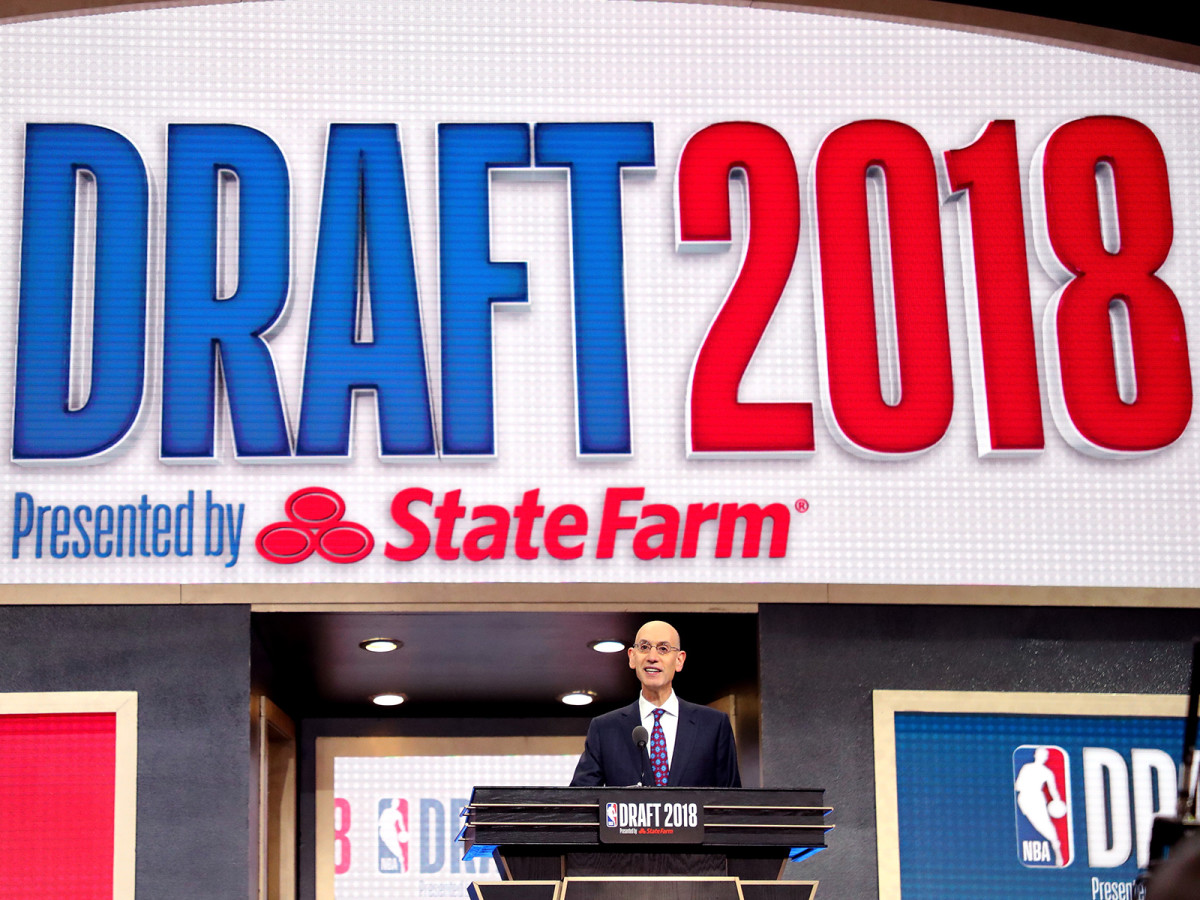
• Who were the biggest winners and losers from the NBA draft? Ben Golliver breaks it down.
• From first-overall pick Deandre Ayton to the next 29 NBA hopefuls selected after, this is our analysis of every first-round pick made Thursday night in Brooklyn.
• Learn more about Ayton and—the chip he has on his shoulder entering the NBA—in our behind-the-scenes doc on SI TV (subscription required).
• Waiting to hear your name called at the NBA draft is hard. Charlotte Wilder looked at the anticipation and tedium many prospects go through on draft night.
• Trae Young wasn't the only pick traded on Thursday. We graded every swap that went down during Round 1 (and how it may affect the pursuit of Kawhi Leonard).
• ESPN NBA reporter Adrian "Woj" Wojnarowski ignited NBA Twitter throughout the draft with the peculiar language in his tweets. Given the agreement between the NBA and its broadcast partners not to break news on who teams were drafting before it was announced on TV, Woj got creative when sharing his scoops. We ranked his phrasing.
• Catch up on the best—and worst—suits from draft night with our roundup of the fashion highs and lows.
WRITER RECALL: LEE JENKINS ON WHAT IT'S LIKE TO COVER KEVIN DURANT
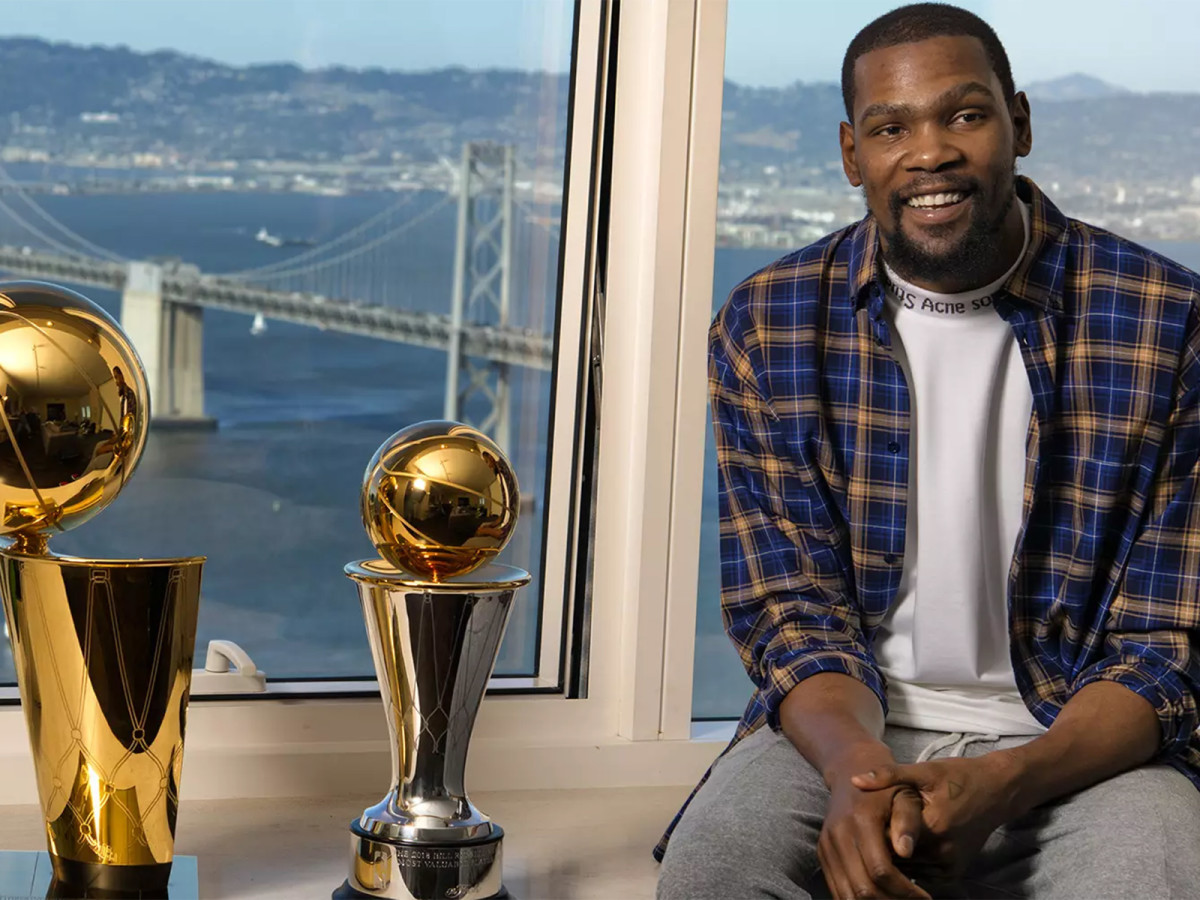
Editor’s note: After writing a cover story on Kevin Durant and the Warriors’ championship run, SI Senior Writer Lee Jenkins joined Jimmy Traina on the SI Media Podcast to discuss his story and covering Durant. Below is a snippet of their discussion. [Listen to the full podcast here]
LEE JENKINS: There was one reason I sort of like talking to (Kevin Durant), because you can go in with a list of questions and all that, but chances are he’s going to take you where he wants to go. A lot of the time it’s different places. And I do think he has struggled, like a lot of players from this generation have struggled, with insulating himself from all of the social media and regular media, what’s said about him and what isn’t said about him. He talks about that. He uses the word “insecurity” as much as any superstar athlete probably has ever used it. It was in this interview but it’s in a lot of interviews he does. And I do think that’s probably at the heart of when you talk about the Twitter flap from last summer. I’m sure that’s all at the heart of it.
I remember interviewing him in ’13 when he was in OKC, and I felt like he was pretty widely beloved. He would talk about the hate he was getting, venom, and all of these sort of weird messages he was getting. I look at him and said, “What are you listening to? What are you seeing? What is this? Is this in your head?” I think he hears a lot of chatter and I think he internalizes it. If you see a little bit of what is directed at him and what has been since his move to Golden State, I think you could see how that could be a battle to block that out and be comfortable in the decisions he’s made and the course he’s chosen.
FROM THE VAULT: THE LEADUP TO LEBRON'S NBA DEBUT
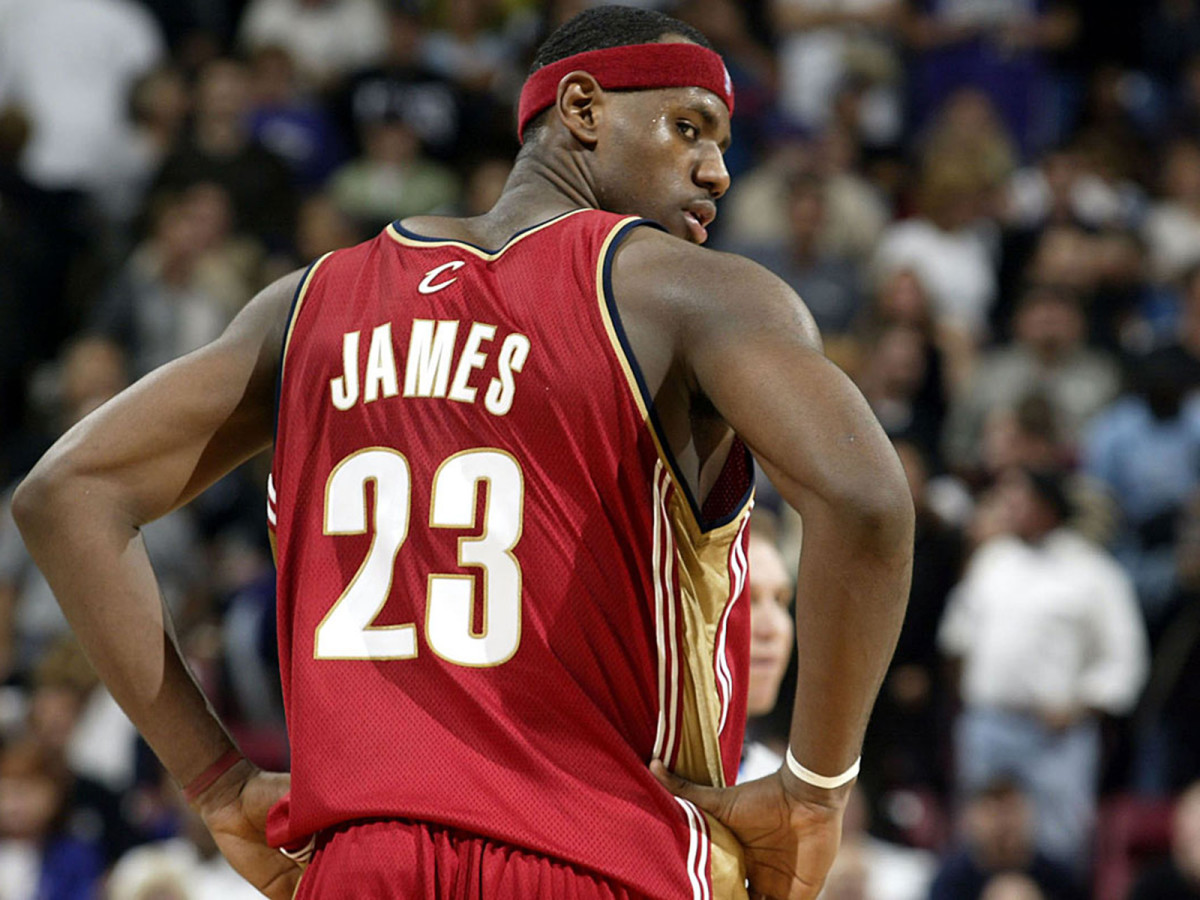
By Connor Grossman
The pressure that comes with being the top pick in the NBA draft is enormous. Then there was the pressure of being LeBron James in 2003. An 18-year-old man-child at the time, he carried the burden of the No. 1 pick, playing hometown hero in Cleveland and $100-plus million in endorsements. All before he played a single minute in the NBA. All while being a teenager. Take a walk in LeBron’s shoes through this Jack McCallum cover story from Oct. 27, 2003.
Check out the full story here and enjoy the excerpt below.
***
NBA officials will tell you that we've seen this before, a phenom receiving big bucks, arriving amid much fanfare. But they're kidding themselves and they know it. No one has gotten this much this soon, no one has ever entered any league under so much scrutiny. The three-year, $10.8 million rookie contract he's getting from the Cavaliers is Monopoly money to James, who has endorsement deals worth more than $100 million. "I've been around the game for 40 years," says Cavs coach Paul Silas, "and I've never seen anything like it. It's scary."
